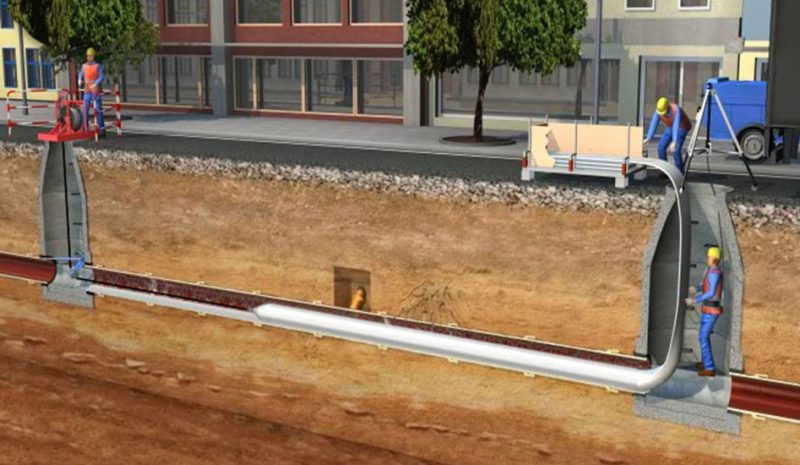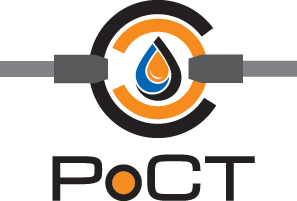Pipeline rehabilitation is a trenchless method of pipeline repair with a diameter from 50 to 800 mm, which has received worldwide recognition. This is a technology that is used to restore old pipelines, clean new ones and so on. Destruction – the most common among all methods of rehabilitation of pipelines, including the technology of “pipe in pipe” and other technologies for the restoration of old pipelines.

The benefits of rehabilitation:
- Use of the existing channel for laying communications
- Reduces the risk of damage to existing communications
- Rehabilitation of pipelines does not stop life, for example, there is no need to stop traffic when replacing pipes under the road surface
- Significantly reduces the time spent on replacement
- Reduced volumes of excavation and other work
- Absolutely environmentally friendly process
Apply method:
Renovation is a method of underground destruction of an old pipe (material: steel, ceramics, reinforced concrete, cast iron) with subsequent retraction of a new pipe of a larger diameter. Rehabilitation in such cases is carried out by static hacking of the old pipeline. This method has proven itself well when working in difficult hydrogeological conditions, in the immediate vicinity of the replaced pipeline to other networks and communications, as well as deep occurrence of the expired and unusable pipeline
Relining-sanitation method ” pipe in pipe without destruction.” The essence of the process is to drag a pipe of reduced cross-section into the cleaned damaged pipeline (for example, in a pipe with a diameter of 1000 mm, after rehabilitation the conditional passage will be 900 mm).
Solve problems:
- water leakage due to corrosion;
- destruction of long-lasting steel pipelines;
- destruction of the sewer networks which have exhausted service life;
- destruction of local branches of pipelines by root systems of trees;
- cracks and clogging of pipelines



